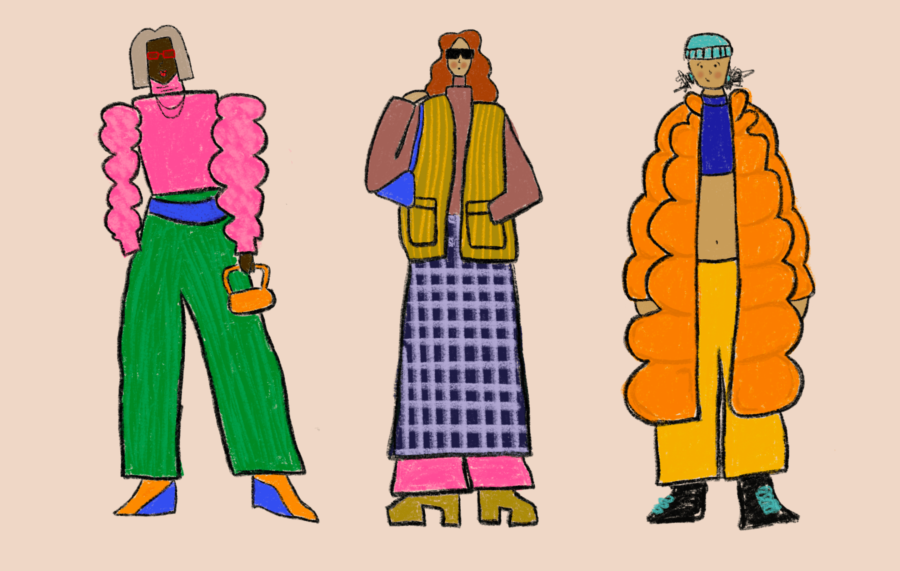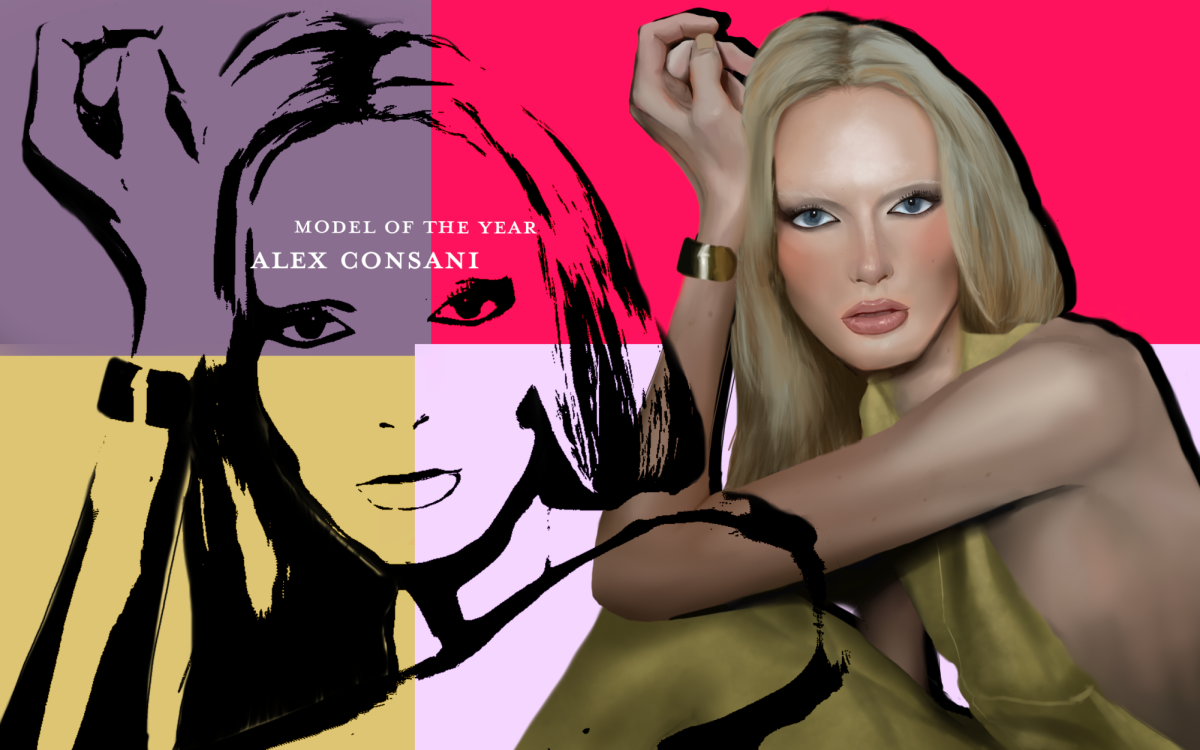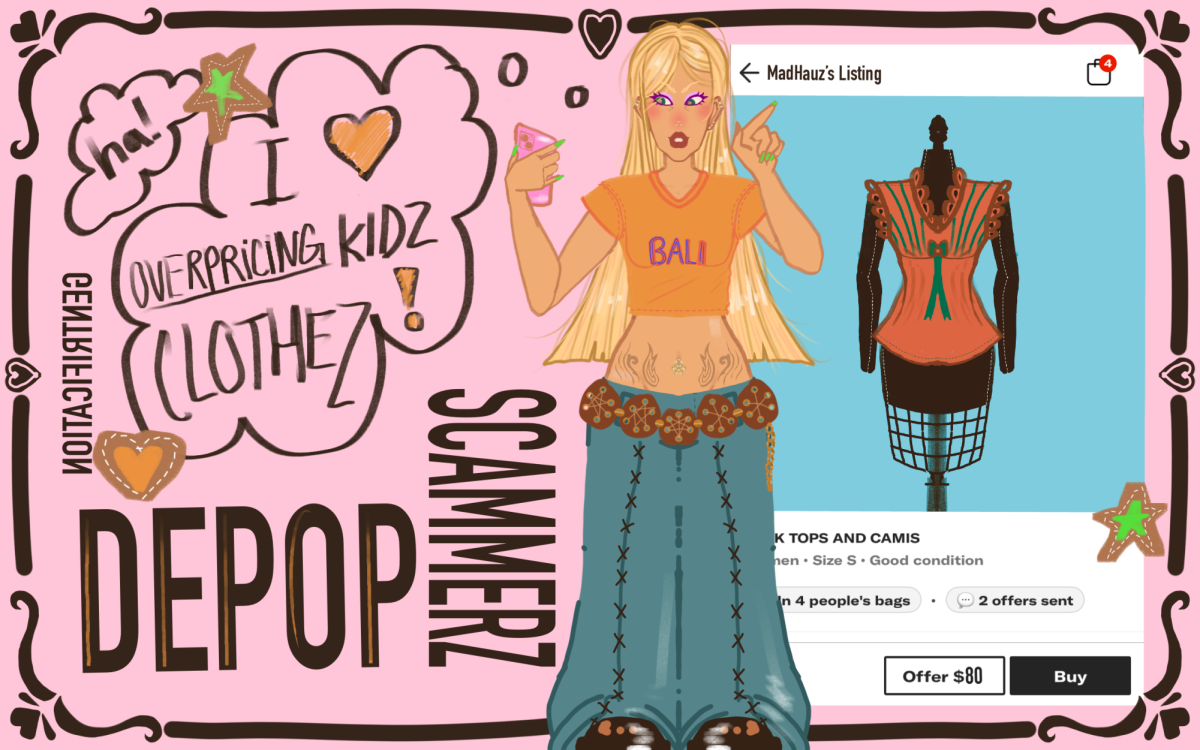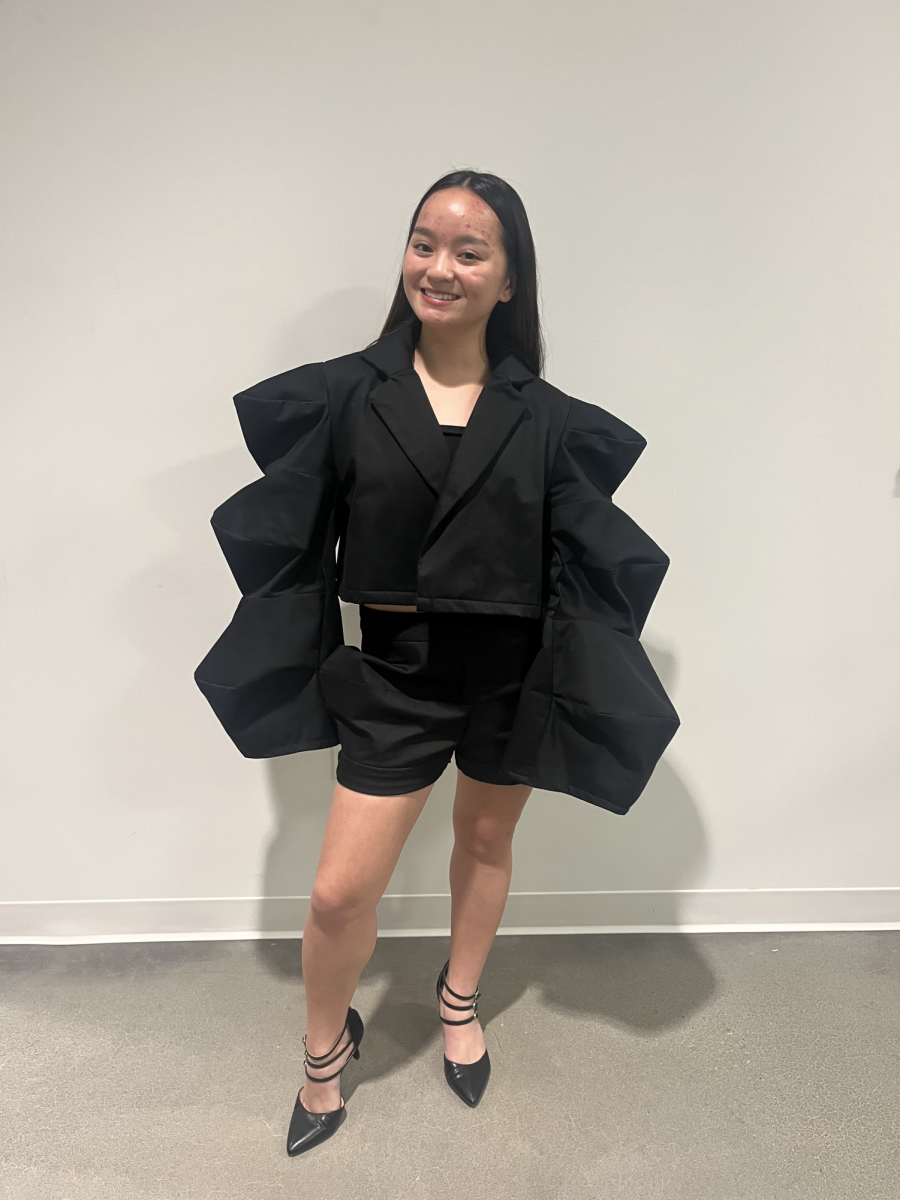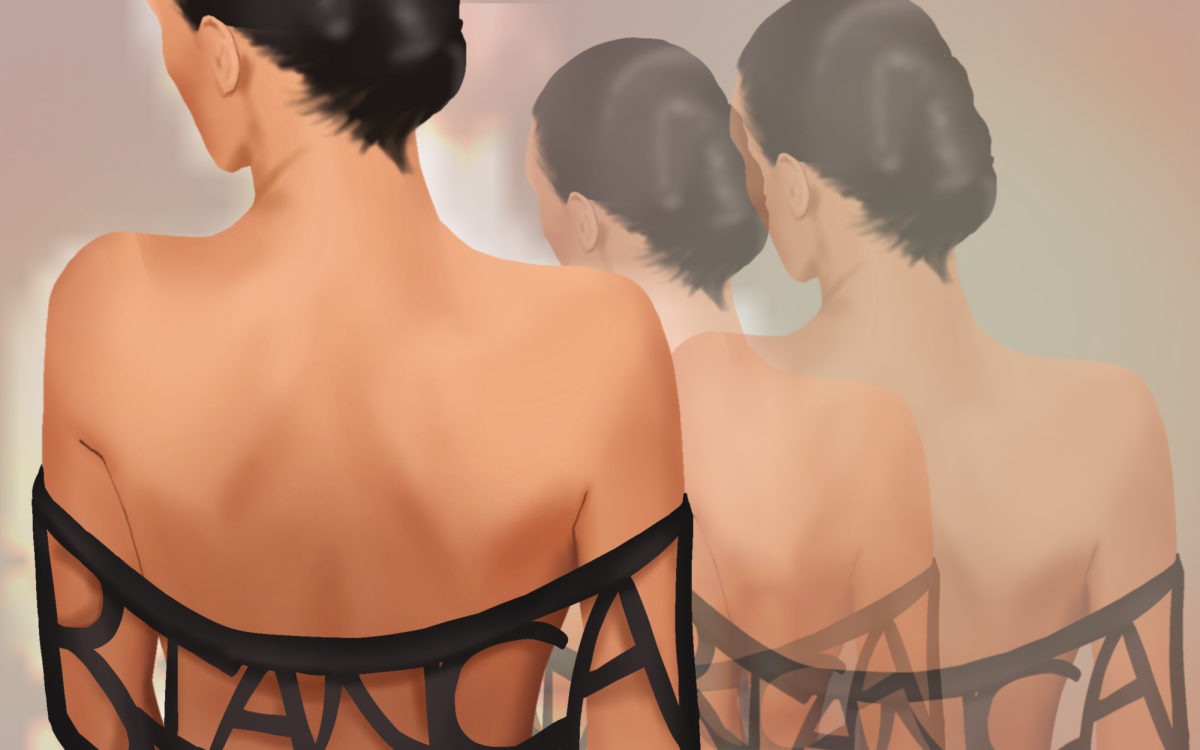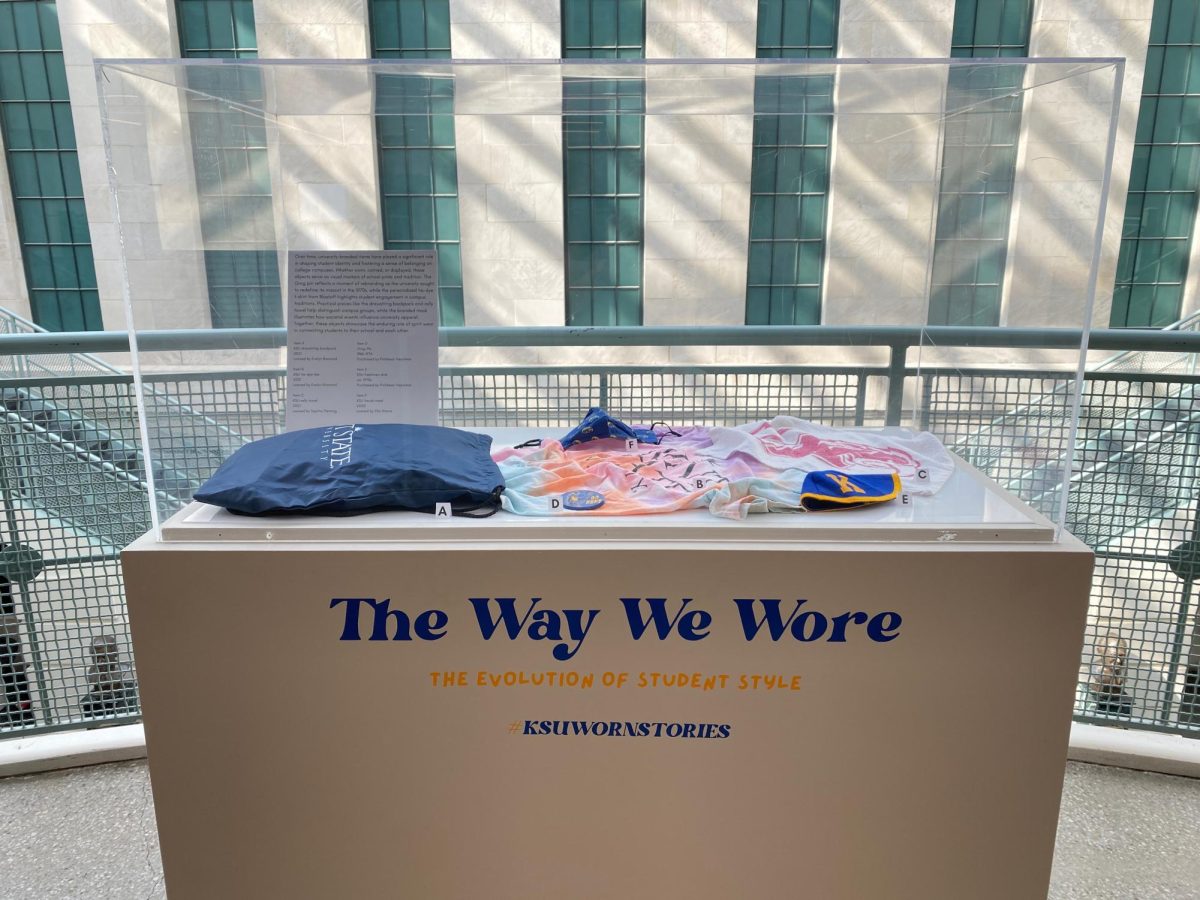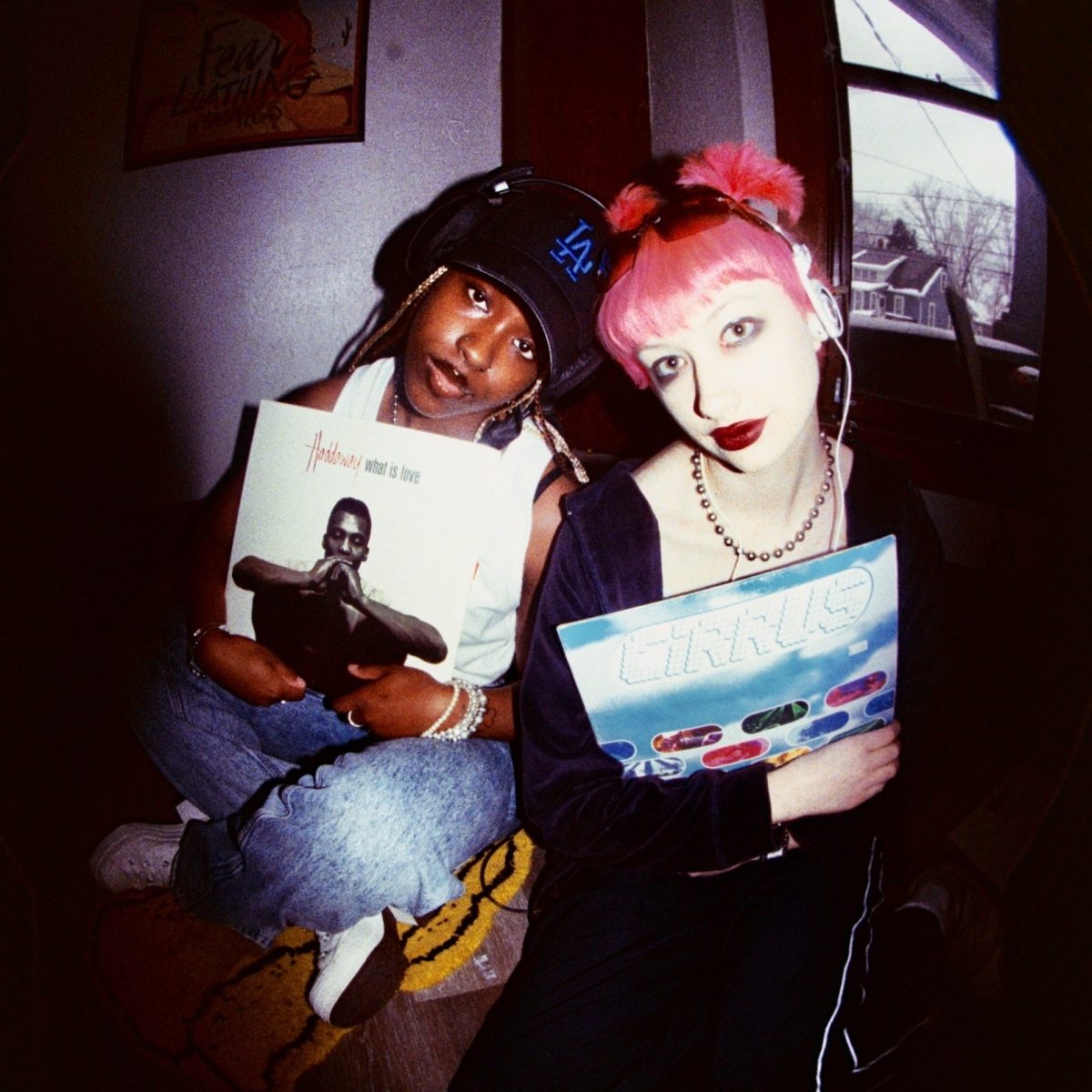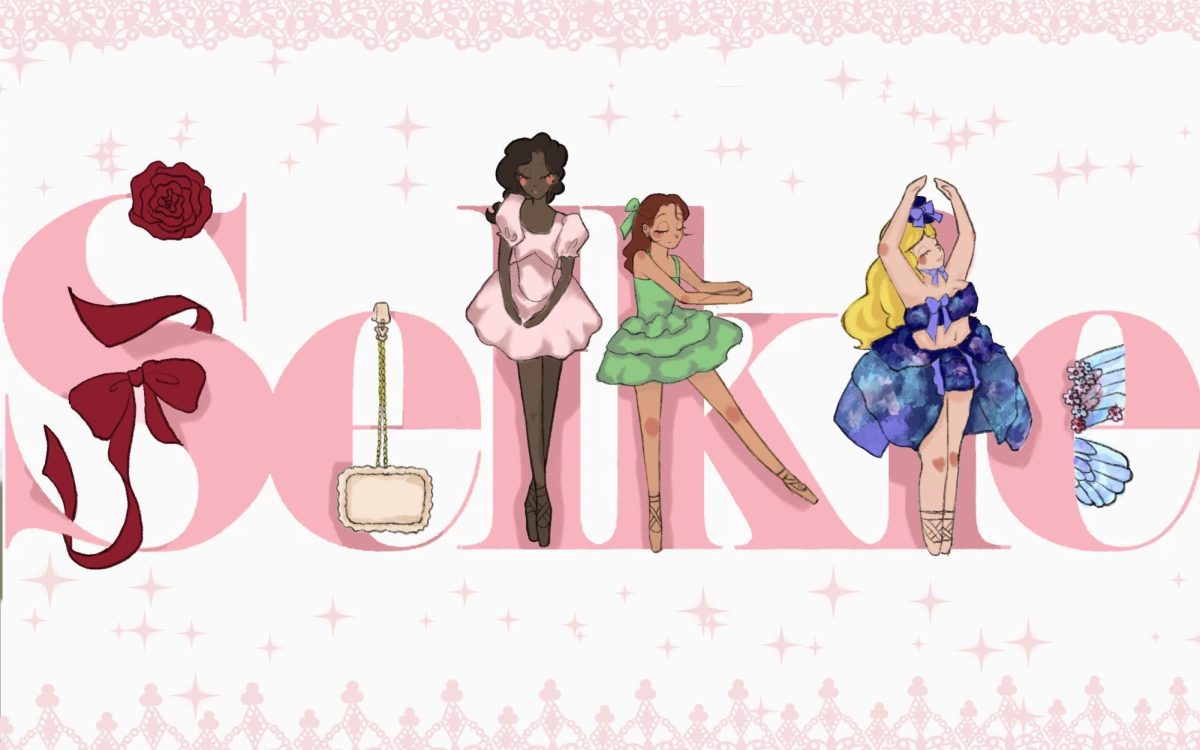Have you ever wondered why some of your favorite trends are the same as the ones you can find in your parents closet from the ‘90s? Or why every few years your favorite style from your childhood suddenly resurfaces? All of these occurrences are due to the 20-year trend cycle.
Often referred to as the “20-year rule”, the cyclical concept that every 20 years or so the trends that were once popular will begin to be on the forefront again. Although, with the rise in social media, the trend cycle is being cut shorter and shorter. Though this has been the norm within the industry, there are many concerns beginning to arise, sustainability being the one at large.
The 20-year cycle and fast fashion seemingly go hand in hand, as we are in the days of huge Shein hauls and constant Amazon deliveries. Unfortunately, overconsumption seems to be what is trending. As microtrends are being consumed and discarded faster, it is only a matter of time before the environment faces even more detrimental effects such as higher gas emissions and an increase in water waste. Landfills are already piling up, so what is to come from the waste from the constant moving trends can only be imagined.
Although this cycle has been the backbone of fashion for decades, there may be an end in sight. The possible solution to the societal waste that is trending fashion is the popularization of establishing personal style.
Instead of shopping based on current trends and styles that will quickly fade in and out, buying items that you like and fit the aesthetic of your closet is an easy way to increase the longevity of a piece. Ensuring that the garment will be timeless and fit in with your wardrobe for longer than a season is the best way to keep from contributing to the wasteful nature of trends.
Many have backed away from trendy items and stayed true to their personal style, such as freshman fashion design major Rachel Stauffer. When asked about her relationship to trends she said, “I love watching designer trends and follow current trends if I really like them. However, I mainly thrift or make my own clothes, so it’s more tailored to my style and what catches my eye vs. the current, trendiest clothes.”
Cecelia Kirk, a freshman fashion merchandising major, had a similar answer. “I like to keep up with trends and understand what’s happening in the fashion industry, but I don’t feel like I need to always abide by them,” Kirk said. “If a trend doesn’t fit into my personal style, I don’t feel the need to try and find a way to wear it. If I do, great, but if I’m not completely on board with the trend, I don’t think it’s required that I try to fit in.”
The 20-year trend cycle has been the glue to uphold the fashion industry for decades in the past but sustainability has proven to be a time sensitive, pressing issue. Overconsumption threatens the planet, and it is crucial that we begin to question the importance of this concept and instead learn to express ourselves through fashion beyond fleeting trends.
Support Student Media
Hi, I’m Grace Avery, the Editor In Chief of A Magazine. My staff and I are committed to bringing you the most important and entertaining news from the realms of fashion, beauty and culture. We are full-time students and hard-working journalists. While we get support from the student media fee and earned revenue such as advertising, both of those continue to decline. Your generous gift of any amount will help enhance our student experience as we grow into working professionals. Please go here to donate to A Magazine.

